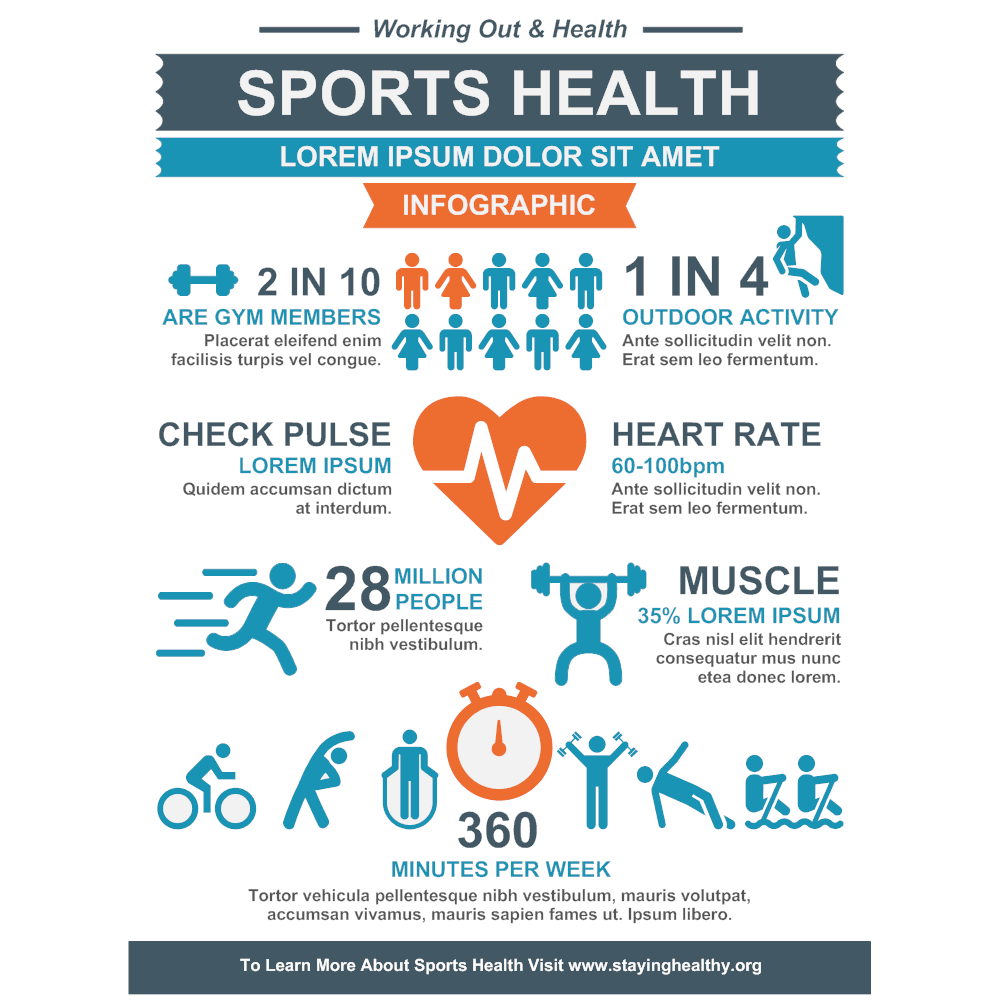Discover The Rupture Types That Demand Medical Action. From Inguinal To Hiatal, Learn Everything You Require To Recognize For A Successful Intervention

Team Writer-Gentry Leach
* Inguinal rupture: A projection of tissue through a weakened location in the stomach wall surface, typically on one side of the groin.
* Hiatal rupture: A protrusion of the belly via the diaphragm and into the chest cavity.
* Umbilical rupture: A lump near the belly switch that takes place when a damaged location in the abdominal wall allows fat or various other tissue to press with.
* Ventral rupture: A lump that occurs when a weakened area in the abdominal wall surface enables fat or other tissue to push through, frequently near a previous medical laceration.
* Incisional hernia: A lump that occurs when a weakened area in the abdominal wall allows fat or other tissue to press through, commonly near a previous surgical cut.
It is necessary to note that not all hernias call for surgery, yet these types do. If you suspect you have a hernia, it is essential to seek advice from a health care expert for correct diagnosis and therapy.
So, you have actually been experiencing some discomfort lately, and after a detailed evaluation, your physician has actually identified that you have a hernia. Now, before you begin stressing, it is necessary to recognize that not all ruptures call for medical treatment.
Nonetheless, there are certain types that do, which's what we're right here to discuss. From https://www.orlandomagazine.com/adventhealth-health-hub-what-to-do-about-hernias/ to umbilical hernias and even hiatal hernias, each one offers its very own one-of-a-kind difficulties and considerations.
Yet allow's not get ahead of ourselves just yet. Dallas Hernia Repair into the specifics soon enough.
Inguinal Hernias
If you're experiencing pain and pain in your groin area, you might have an inguinal rupture that needs surgical treatment. An inguinal hernia occurs when a part of the intestinal tract or cellulite presses with a weak point in the inguinal canal, which lies in the reduced abdominal area.
This kind of hernia is a lot more common in males than women and can be triggered by elements such as heavy lifting, straining throughout defecation, or chronic coughing. Signs of an inguinal hernia consist of a bulge in the groin area, pain or discomfort when coughing or raising, and a sensation of pressure or weak point in the groin.
If left neglected, an inguinal rupture can result in issues such as bowel blockage or strangulation, which is why surgical treatment is essential to repair the hernia and stop additional issues.
Umbilical Ruptures
Do you understand what an umbilical hernia is and exactly how it can be treated operatively?
An umbilical hernia occurs when a part of the intestinal tract or stomach cells protrudes with a weak spot in the stomach wall near the tummy button.
If you have an umbilical rupture that needs medical treatment, below are three treatment options to consider:
- Hernia fixing surgical procedure: This is one of the most typical treatment for umbilical hernias. During the procedure, the specialist will make a laceration near the hernia and push the protruding cells back into location. They'll after that strengthen the abdominal wall utilizing stitches or a mesh patch.
- Laparoscopic surgical procedure: In many cases, a minimally invasive method called laparoscopic surgical procedure might be used. This strategy involves making small lacerations and utilizing a video camera and specialized tools to repair the hernia.
- Open surgical treatment: In more intricate cases, open surgical procedure may be necessary. This includes making a larger incision to access and fix the rupture.
Hiatal Ruptures
A hiatal rupture occurs when part of the stomach protrudes via the diaphragm right into the breast cavity. This kind of rupture is fairly common and often needs medical treatment.
Hiatal ruptures can be categorized into two major types: sliding and paraesophageal ruptures. Sliding ruptures are the most common and take place when the lower part of the esophagus and the top of the stomach slide up into the chest via the respite, a tiny opening in the diaphragm.
On the other hand, paraesophageal hernias are less typical but a lot more serious. In this type, a section of the tummy pushes with the respite along with the esophagus, causing prospective issues like gastric volvulus or strangulation.
Surgical repair is normally required to treat hiatal hernias and alleviate signs and symptoms such as heartburn, breast pain, and difficulty ingesting.
Conclusion
So there you have it, the various sorts of ruptures that require surgical treatment.
One instance of a rupture case that required surgical procedure is John, a 45-year-old man who struggled with an inguinal hernia. In spite of his initial pain and apprehension, John went with medical treatment.
The procedure succeeded, and he experienced a full recuperation, permitting him to return to his normal tasks with no further complications.
Remember, it's important to consult with a medical care specialist if you believe you may have a hernia that requires surgical therapy.

